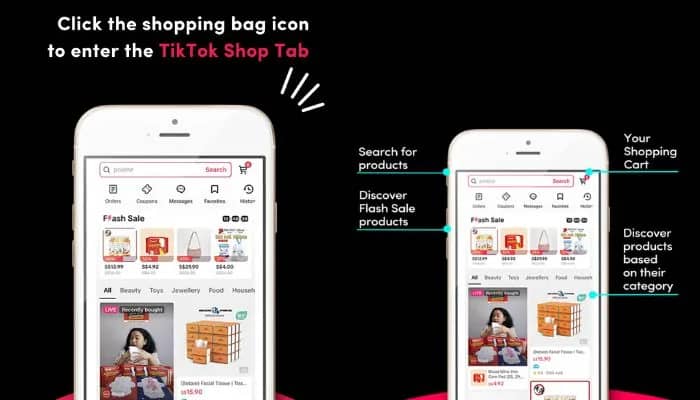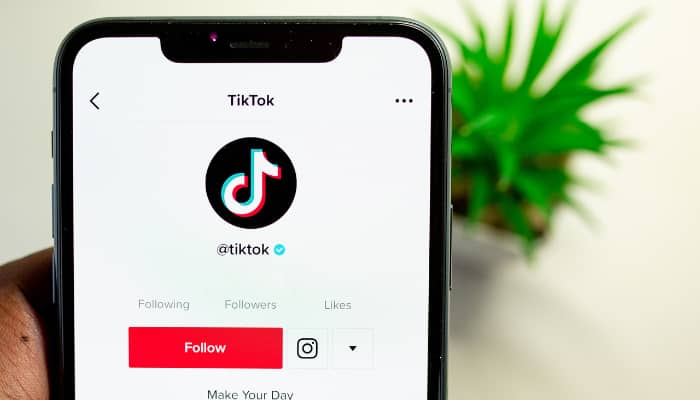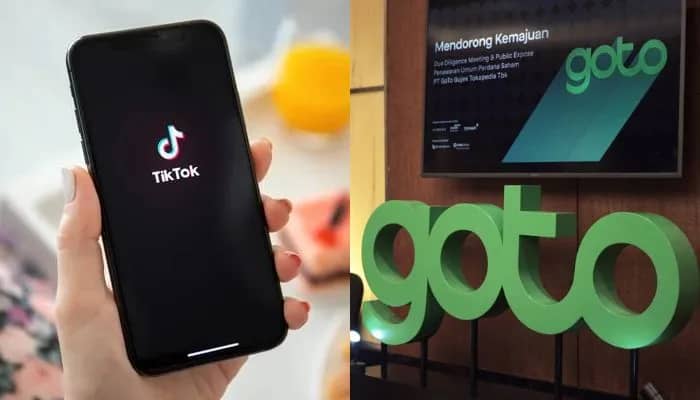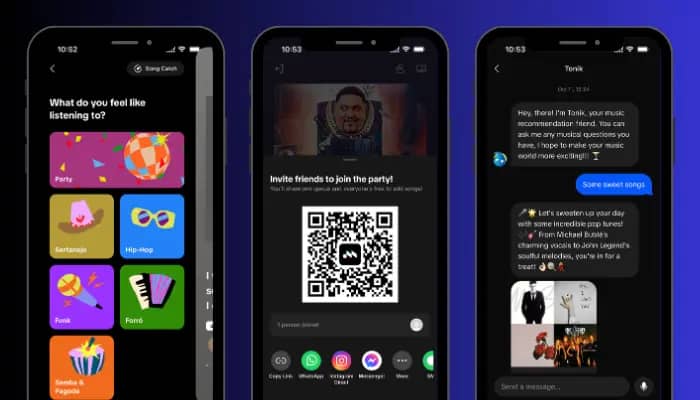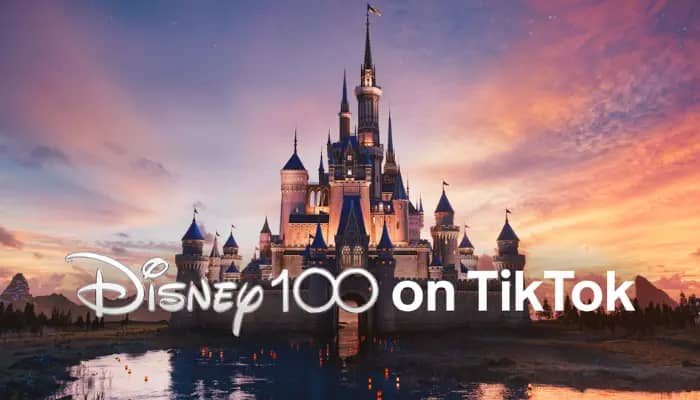The marketing landscape in 2023 has surged to unprecedented heights of competitiveness, marking the beginning of a creative renaissance. This shift has elevated the importance of producing content at scale from a mere trend to an essential strategy for survival and growth. As we set the stage for the anticipated challenges of 2024, the stakes for brands are higher than ever. The relentless expansion of digital platforms and the ever-evolving landscape of consumer behaviours have escalated the battle for attention, compelling brands to redefine their marketing strategies and carve out distinctive identities.
Surviving and excelling in the upcoming year is no longer simply advantageous but an absolute necessity for brands to embrace branding and creative differentiation as a foundational element of their approach. Marketers need to consider adopting a transformative mindset called ‘creative bravery’ to stand out amid fierce competition and authentically connect with the ever-changing demands of consumers.
Harnessing Creative Bravery
Moving beyond mere marketing rhetoric, adopting creative bravery can empower brands to transcend conventional boundaries and embrace the unconventional. This mindset allows brands to showcase vulnerability and authenticity as sources of strength. By leveraging curiosity, imagination, and courage – and moving with speed and agility – brands can captivate consumer interest, weaving compelling narratives that go beyond the ordinary and genuinely resonate with their audiences.
As they forge ahead into the coming year, the imperative for marketers lies in honing their ability to discern and interpret trend signals. These signals, essentially content patterns that illuminate emerging behaviours and interests, serve as guideposts for brands seeking to shape forward-thinking and adaptive strategies.
- Discovering perspectives and embracing communities
Users are drawn to platforms that go beyond simplistic answers, seeking spaces that offer a dynamic mix of perspectives, unexplored territories of interest, and tangible, real-world impact. This fusion of active exploration and discovery enhances user engagement significantly.
In today’s digital expanse, where the possibilities for exploring novel ideas seem endless, the real challenge is navigating through the information deluge to uncover truly pertinent insights. For brands, this underscores the need to develop content that goes beyond mere relevance – it must be both delightful and genuinely useful. The aim is to not just capture existing curiosities but to unravel latent interests within communities that have yet to be unveiled. Brands should focus on crafting content that not only sparks curiosity but resonates across diverse interests, fostering continuous expansion of ideas and engagement within the online space.
- Empowering collective imagination and storytelling
From the very fabric of its structure to the intricacies of its characters, storytelling has been demoted to become more predictable, less relevant, and easier to skip. With this creative resurgence – or creative bravery – we expect to see the emergence of more unpredictable, collective narratives – a mix of brand-led, and creator-led – also eschewing the conventional confines of a beginning, middle, or end.
Within this evolving narrative landscape, it is the allure of inventive story structures that captivates viewers beyond the initial moments. One way that brands can enhance content relevance and improve metrics is by Recutting, Remixing, and Reimagining the way they produce their assets. First, I’d recommend optimising existing assets for seamless integration into platforms, minimising friction, and adapting them to harmonise with the platform’s style. Remixing involves collaboration with creators to tell a brand’s story with their tone of voice while reimagining leverages the platform’s capabilities and communities to bring creative concepts to life organically both online and even offline.
Advertisements, strategically designed to evoke curiosity, play a pivotal role in enticing users to immerse themselves more deeply into the unfolding story. This highlights the crucial role of creative and imaginative storytelling, not merely as a source of entertainment but as a potent force that captivates, motivates, and transforms the shared narrative journey.
- Closing the trust gap through societal change and transparency
A widening trust gap between consumers and brands has spurred audiences to seek engagement beyond one-time sales, heightening the need for brands to champion positive societal change and transparency. In today’s increasingly fragmented consumer landscape, establishing clear brand trust and values is of utmost importance, providing brands with an open line of communication with their consumers and community, particularly in the realm of online media.
For brands, it is important to view each campaign and organic content piece as an opportunity to share, listen, and learn, fostering deeper loyalty both on and off the platform.
An exemplary instance is SG Enable, the agency for disability and inclusion in Singapore, which spearheaded the UnAwkward Campaign to celebrate the abilities of individuals with disabilities, urging everyone to actively support disability inclusion and contribute to a more inclusive society. By anchoring clear brand values and consistent messaging, the campaign achieved close to 20 percent increase in ad recall and a significant 43 percent rise in click-through rates (CTR).
Charting the Path Forward
As we stand on the precipice of 2024, marketers will face an uphill climb, the ascent made steeper by the integration of cutting-edge technology and creativity into the fabric of modern marketing strategies. The landscape is evolving at a pace that demands adaptability and innovation.
In this challenging terrain, creative bravery is the indispensable compass for marketers navigating the complexities ahead. The ability to stand out in a crowd saturated with content hinges on the bold willingness to take creative risks and challenge conventional norms. As we step into the future, the era of creative bravery offers marketers a transformative mindset to leave an indelible mark in the hearts and minds of their audiences.

This article is written by Shant Oknayan, Vice President, Asia, Oceania & Africa, TikTok Global Business Solutions
The insight is published as part of MARKETECH APAC’s thought leadership series under What’s NEXT 2023-2024. What’s NEXT 2023-2024 is a multi-platform industry initiative which features marketing and industry leaders in APAC sharing their marketing insights and predictions for the upcoming year.


